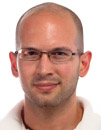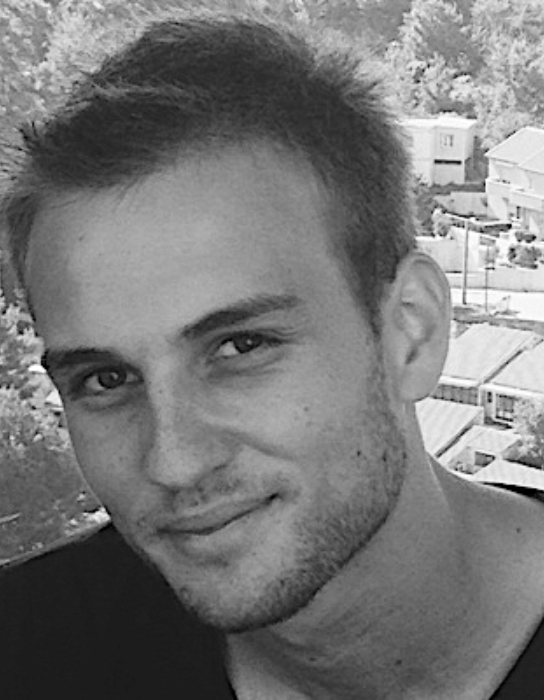Odjel za obradu signala uključuje znanstvena područja poput teorije signala i sustava, teorije i primjene kodiranja, uporabe filtara, prijenosa signala, estimacije, detekcije, analize, prepoznavanja, sinteze te reprodukcije signala digitalnim ili analognim uređajima i tehnikama. Pojam signala uključuje audio i video signale, govor, slike, komunikacije, signal sonara, radara kao i medicinske, glazbene i druge signale.
Odjel za obradu signala
Obavijesti
Repozitorij
 MODELING AND CODING OF SPEECH AND AUDIO SIGNALS [268,28 KiB]Bastiaan Kleijn KTH School of Electrical Engineering Stockholm
MODELING AND CODING OF SPEECH AND AUDIO SIGNALS [268,28 KiB]Bastiaan Kleijn KTH School of Electrical Engineering Stockholm Flexible Quantization [186,41 KiB]Bastiaan Kleijn KTH School of Electrical Engineering Stockholm
Flexible Quantization [186,41 KiB]Bastiaan Kleijn KTH School of Electrical Engineering Stockholm Robust Source Coding [259,82 KiB]Bastiaan Kleijn KTH School of Electrical Engineering Stockholm
Robust Source Coding [259,82 KiB]Bastiaan Kleijn KTH School of Electrical Engineering Stockholm Signal Enhancement [197,02 KiB]Bastiaan Kleijn KTH School of Electrical Engineering Stockholm
Signal Enhancement [197,02 KiB]Bastiaan Kleijn KTH School of Electrical Engineering Stockholm
 ArdbegVectorProcessorOct?2008 [327,7 KiB]Prezentacija Mladen Wilder
ArdbegVectorProcessorOct?2008 [327,7 KiB]Prezentacija Mladen Wilder Veliki hadronski sudarivač - vrhunska tehnologija za vrhunsku znanost [19,89 MiB]Prezentacija prof. Guy Paić
Veliki hadronski sudarivač - vrhunska tehnologija za vrhunsku znanost [19,89 MiB]Prezentacija prof. Guy Paić




